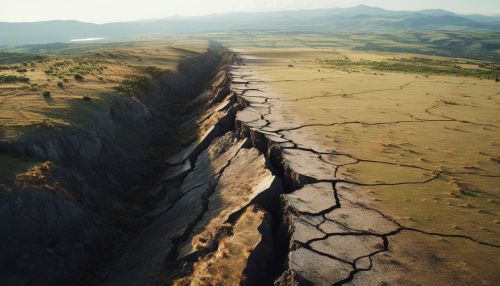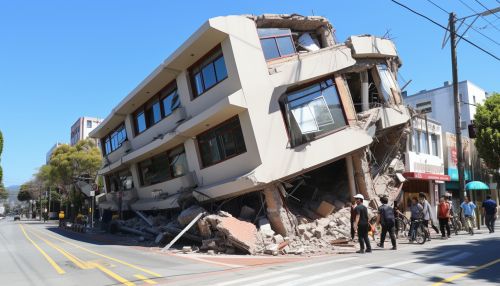The Role of Geology in Earthquake Risk Assessment
Introduction
Geology plays a crucial role in earthquake risk assessment, a process that seeks to understand the potential threat posed by seismic activity in a given region. This assessment is essential for disaster management planning and for the design and construction of infrastructure. The geological study of earthquakes, known as seismology, involves the analysis of the Earth's crust and the forces that cause it to move.


Geological Factors in Earthquake Risk Assessment
Several geological factors are considered in earthquake risk assessment. These include the type and age of rocks, the presence of fault lines, and the history of seismic activity in the area.
Rock Type and Age
The type and age of rocks in an area can greatly influence the severity of an earthquake. Older, more brittle rocks are likely to break under stress, leading to more intense earthquakes. Conversely, younger, more ductile rocks can absorb more stress before breaking, potentially reducing the severity of an earthquake.


Fault Lines
Fault lines, or fractures in the Earth's crust where sections of rock have moved past each other, are a major factor in earthquake risk assessment. The movement along these faults is what causes earthquakes. Areas near active fault lines are at a higher risk of experiencing earthquakes.


Seismic History
The history of seismic activity in an area is also a crucial factor in earthquake risk assessment. Areas with a history of frequent or severe earthquakes are likely to experience similar events in the future.


Seismology and Earthquake Prediction
While it is currently impossible to predict exactly when an earthquake will occur, seismologists use geological data to estimate the likelihood of future seismic events. This is done through the study of past earthquakes and the ongoing monitoring of seismic activity.


The Role of Geology in Mitigating Earthquake Risks
Geological studies can also aid in mitigating the risks associated with earthquakes. By understanding the geological factors that contribute to earthquakes, measures can be put in place to reduce their impact. This can include the design of earthquake-resistant buildings and infrastructure, and the implementation of effective disaster management plans.


Conclusion
The role of geology in earthquake risk assessment is vital. Through the study of the Earth's crust and the forces that cause it to move, geologists and seismologists can better understand the potential threat posed by earthquakes. This knowledge is crucial in helping to mitigate the risks associated with seismic activity.
